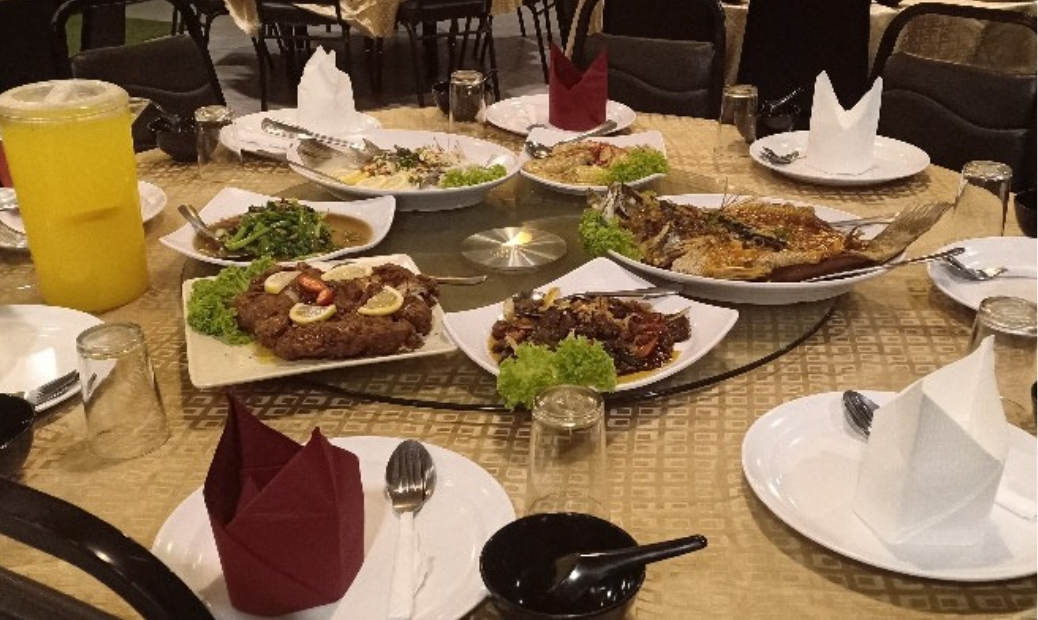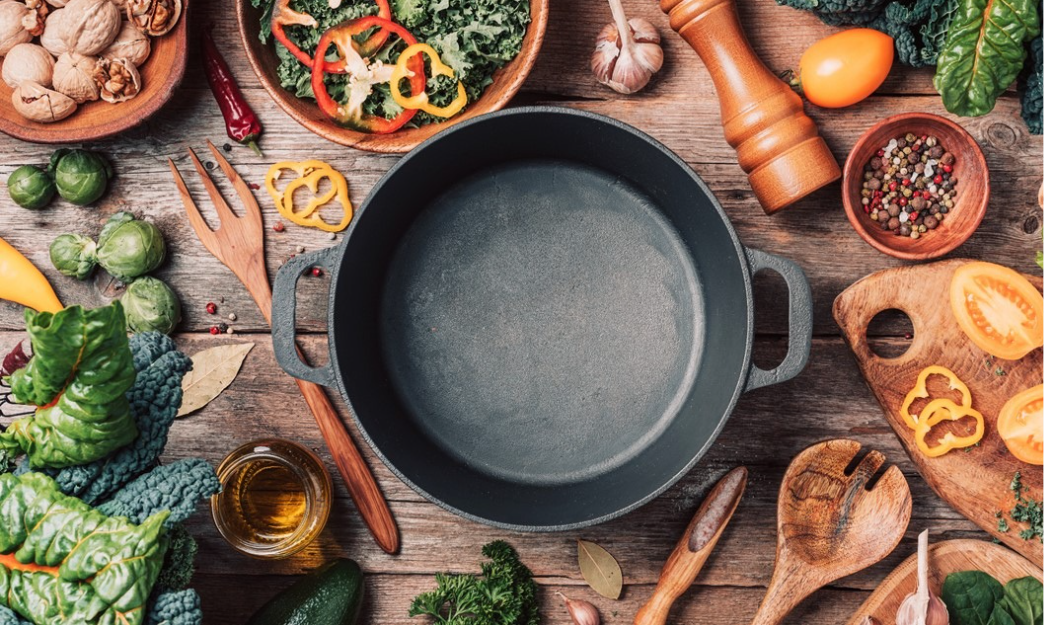Udang Masak Kemangi

Udang Masak Kemangi is a vibrant Indonesian dish that showcases the bold flavors of Southeast Asian cuisine. The dish features shrimp (udang) cooked in a spicy sambal sauce, infused with the distinctive fragrance of kemangi (Indonesian lemon basil). This recipe is a celebration of Indonesia’s culinary heritage, blending heat, umami, and herbaceous notes in a dish that’s both comforting and exciting. Below is a detailed guide to preparing this dish, complete with cultural context, tips, and variations.
Introduction to Udang Masak Kemangi
Indonesia, an archipelago of over 17,000 islands, is home to a rich tapestry of culinary traditions. Each region boasts its own unique dishes, influenced by local ingredients, trade routes, and cultural exchanges. Udang Masak Kemangi is particularly popular in Java and Sumatra, where fresh seafood and aromatic herbs are staples in the kitchen. The dish is a perfect example of Indonesian cuisine’s love for bold, spicy flavors balanced with fresh, fragrant herbs.
The star of the dish, kemangi (Ocimum basilicum var. citriodorum), is a variety of basil with a lemony, slightly peppery flavor. It’s distinct from Thai basil or Italian basil, though Thai basil can be used as a substitute if kemangi is unavailable. The sambal—a chili-based condiment—adds heat and depth, while ingredients like shallots, garlic, and tomatoes create a savory, slightly tangy base. The shrimp, cooked quickly to retain their juicy texture, absorb these flavors, making every bite a burst of taste.
This recipe serves 4–6 people and can be prepared in about 40 minutes. It’s ideal for a family meal or a special gathering, served with steamed rice and traditional Indonesian side dishes.
Ingredients
For the Shrimp and Base Dish
- 500 g (1.1 lbs) large shrimp, peeled and deveined, tails optional
- 2 cups fresh kemangi (Indonesian lemon basil), leaves picked and lightly packed (substitute with Thai basil if unavailable)
- 2 medium tomatoes, diced
- 2 tbsp vegetable oil (or coconut oil for a richer flavor)
- 1 tsp tamarind paste, dissolved in 2 tbsp water (or 1 tbsp lime juice as a substitute)
- 1 tsp palm sugar (or brown sugar)
- 1 tsp salt, adjust to taste
- 1/2 cup water (to adjust sauce consistency)
For the Sambal Paste
- 10 red chilies (mix of large red chilies and bird’s eye chilies, adjust for spice preference)
- 5 shallots, peeled
- 4 cloves garlic, peeled
- 2 candlenuts (or substitute with 4 macadamia nuts or omit for a lighter texture)
- 1 tsp shrimp paste (terasi), toasted (optional but recommended for authentic flavor)
- 1/2 tsp turmeric powder (or 1-inch fresh turmeric, peeled)
Equipment Needed
- Mortar and pestle (or food processor for sambal paste)
- Large wok or skillet
- Wooden spoon or spatula
- Cutting board and knife
- Measuring spoons and cups
- Small bowl for tamarind mixture
Instructions
Step 1: Prepare the Sambal Paste
- Toast the shrimp paste (if using): Wrap the shrimp paste in foil and toast it over a low flame or in a dry pan for 1–2 minutes until fragrant. Set aside.
- Blend the sambal ingredients: In a mortar and pestle or food processor, combine the red chilies, shallots, garlic, candlenuts, toasted shrimp paste, and turmeric. Grind or pulse into a smooth paste. Add a splash of water if needed to help blend.
- Set aside the paste: Transfer the sambal paste to a bowl if preparing in advance. This can be made a day ahead and stored in the fridge.
Step 2: Prepare the Shrimp
- Clean the shrimp: Rinse the peeled and deveined shrimp under cold water. Pat dry with paper towels to ensure they sear properly.
- Marinate lightly (optional): Toss the shrimp with a pinch of salt and 1/2 tsp turmeric powder for extra flavor. Let sit for 5 minutes while preparing other ingredients.
Step 3: Cook the Dish
- Heat the wok: Place a wok or large skillet over medium-high heat. Add 2 tbsp vegetable oil and swirl to coat the pan.
- Sauté the sambal paste: Add the sambal paste to the hot oil. Stir-fry for 2–3 minutes until fragrant and the oil begins to separate from the paste. Be careful not to burn the paste—lower the heat if needed.
- Add tomatoes and seasonings: Stir in the diced tomatoes, palm sugar, and tamarind water. Cook for 2 minutes until the tomatoes soften and form a thick sauce.
- Cook the shrimp: Add the shrimp to the wok, stirring to coat them evenly with the sauce. Cook for 3–4 minutes until the shrimp turn pink and opaque. Avoid overcooking to keep the shrimp tender.
- Adjust the sauce: Pour in 1/2 cup water to create a slightly saucy consistency. Simmer for 1–2 minutes. Taste and adjust with salt or more sugar if needed.
- Add kemangi: Stir in the fresh kemangi leaves. Cook for 30 seconds to 1 minute until the leaves wilt slightly but retain their vibrant green color and fragrance. Turn off the heat.
Step 4: Serve
- Transfer to a serving dish: Spoon the shrimp and sauce into a bowl or platter, ensuring the kemangi leaves are evenly distributed.
- Garnish (optional): Sprinkle with a few extra kemangi leaves or sliced red chilies for presentation.
- Serve hot: Pair with steamed white rice or coconut rice (nasi uduk) and traditional Indonesian sides like cucumber salad, fried tempeh, or sambal goreng.
Serving Suggestions
- With rice: Steamed jasmine rice is the classic accompaniment, soaking up the spicy, tangy sauce. For a richer option, try coconut rice or turmeric rice.
- Side dishes: Serve with lalapan (fresh vegetable platter with cucumber, cabbage, and tomatoes) and extra sambal on the side for dipping.
- Beverages: Pair with a cooling drink like es teh manis (sweet iced tea) or jus alpukat (avocado juice) to balance the heat.
- For gatherings: Include other Indonesian dishes like ayam goreng (fried chicken), soto ayam (chicken soup), or gado-gado (vegetable salad with peanut sauce) for a complete feast.
Tips for Success
- Control the heat: Adjust the number of bird’s eye chilies to suit your spice tolerance. For a milder dish, use only large red chilies or remove the seeds.
- Fresh kemangi is key: The lemony aroma of kemangi is central to the dish. If substituting with Thai basil, add a squeeze of lime juice to mimic the citrusy note.
- Don’t overcook the shrimp: Shrimp cook quickly, so keep an eye on them to avoid a rubbery texture.
- Make extra sambal paste: The sambal paste can be doubled and stored in an airtight container in the fridge for up to a week or frozen for a month. Use it for other dishes like stir-fried vegetables or grilled fish.
- Tamarind substitute: If tamarind paste is unavailable, lime juice or a mix of vinegar and water can provide the necessary tanginess.
Cultural Context
Udang Masak Kemangi reflects Indonesia’s coastal and agricultural abundance. Shrimp, abundant in Indonesia’s waters, are a staple protein in many dishes. Kemangi, grown in home gardens and markets, is a beloved herb that adds freshness to spicy dishes. The use of sambal, a cornerstone of Indonesian cooking, ties the dish to the country’s love for bold, fiery flavors.
This dish is often served at family gatherings, religious celebrations, or casual meals at warungs (small local eateries). Its simplicity makes it accessible for home cooks, while its vibrant flavors impress guests. In Java, it might be paired with sambal terasi (shrimp paste sambal) for extra depth, while in Sumatra, cooks might add daun salam (Indonesian bay leaves) for a regional twist.
Variations
- With Coconut Milk: For a creamier version, add 1/2 cup coconut milk after cooking the shrimp, simmering briefly to thicken the sauce.
- With Other Seafood: Substitute shrimp with squid, fish fillets, or clams for a different texture.
- Vegetarian Version: Replace shrimp with tofu or tempeh, and omit shrimp paste for a plant-based dish.
- Extra Heat: Add green chilies or a dash of chili oil for a spicier kick.
- With Vegetables: Stir in sliced bell peppers, green beans, or eggplant for added color and crunch.
Nutritional Information (Approximate per Serving)
- Calories: 200–250 kcal
- Protein: 18 g
- Fat: 10 g
- Carbohydrates: 8 g
- Fiber: 2 g
Note: Nutritional values vary based on portion size and ingredient substitutions.
Storage and Reheating
- Storage: Store leftovers in an airtight container in the refrigerator for up to 2 days. The kemangi may lose some fragrance over time.
- Reheating: Reheat gently in a skillet over low heat, adding a splash of water to loosen the sauce. Avoid microwaving to preserve the shrimp’s texture.
- Freezing: Not recommended, as the shrimp and kemangi may become mushy upon thawing.
Troubleshooting
- Sauce too spicy? Dilute with more water or coconut milk and add a pinch of sugar to balance the heat.
- Shrimp overcooked? Next time, cook the shrimp for less time and remove them from the heat as soon as they turn pink.
- Sambal paste too thick? Add a tablespoon of water or oil while blending to achieve a smoother consistency.
- No kemangi flavor? Ensure the basil is added at the end of cooking to preserve its aroma.
Conclusion
Udang Masak Kemangi is a delightful dish that captures the essence of Indonesian cuisine—spicy, aromatic, and deeply satisfying. Whether you’re a seasoned cook or new to Southeast Asian flavors, this recipe is approachable yet impressive. The combination of tender shrimp, fiery sambal, and fragrant kemangi creates a dish that’s perfect for weeknight dinners or festive occasions. Try it with a bowl of steaming rice and a side of sambal for an authentic Indonesian experience.
Enjoy cooking and savor the flavors of Indonesia!



